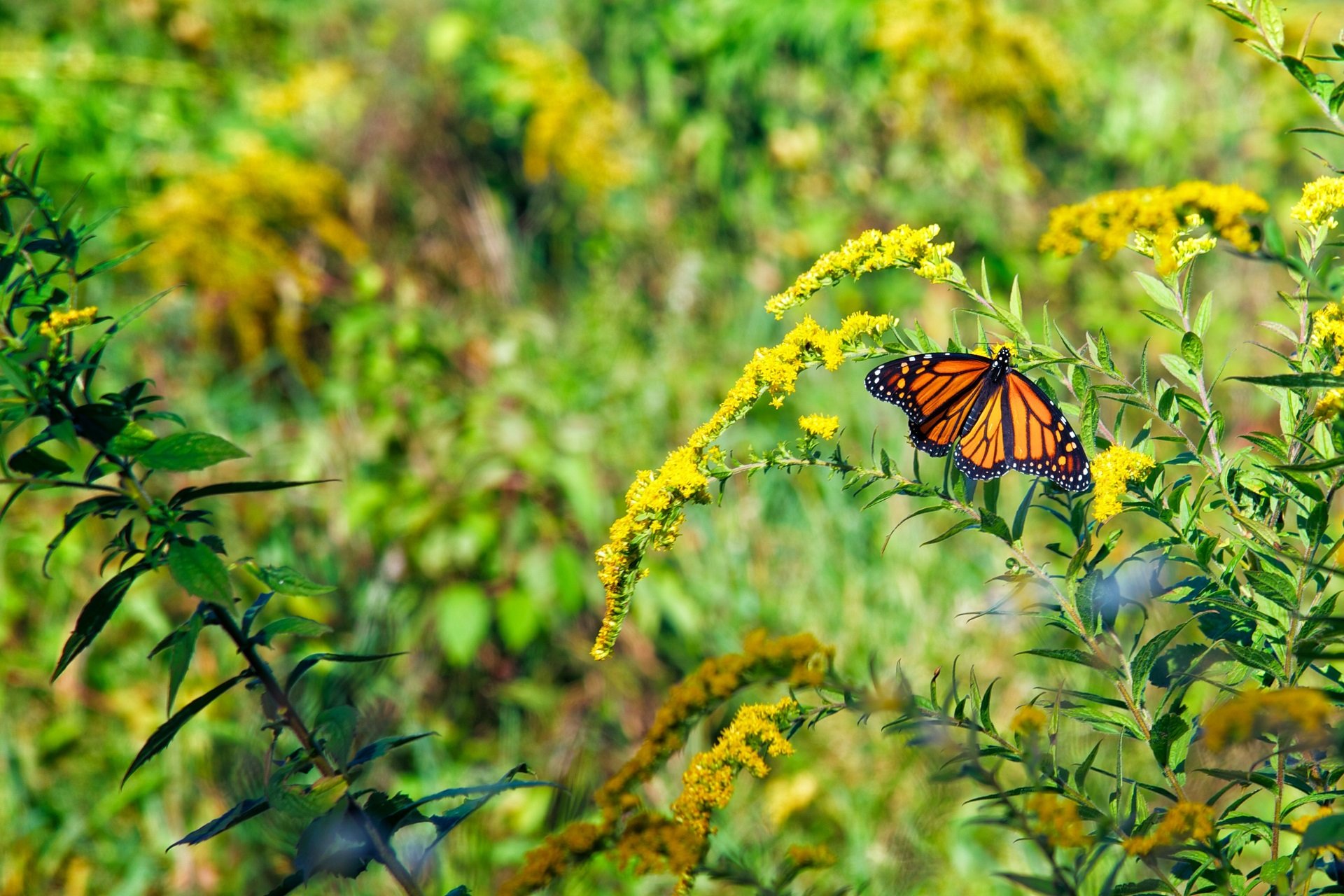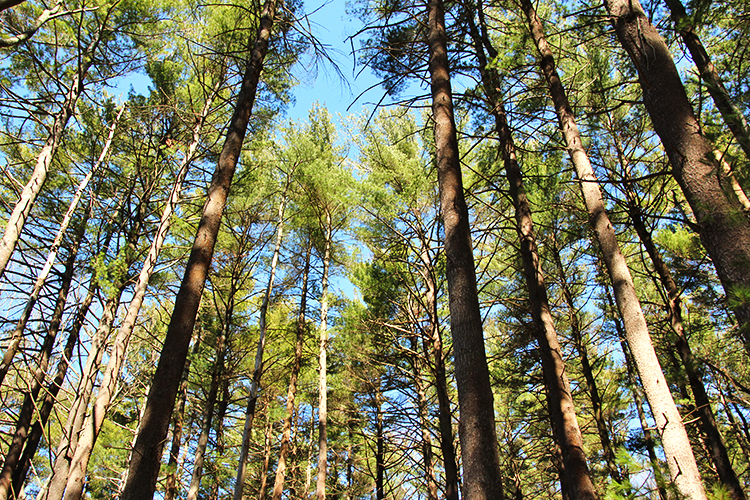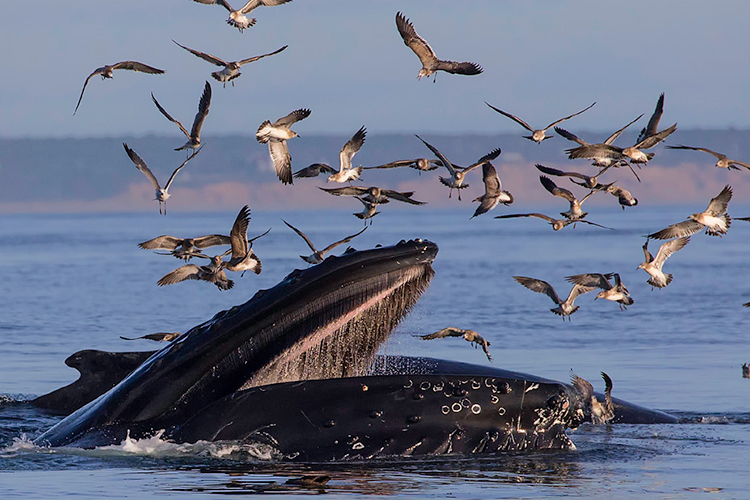Latest News
Biodiversity Loss & Climate Change: Twin Challenges Defining Our Future
October 01, 2021
The impacts of a climate that is changing faster than communities can adapt are all too evident.
This past summer, we saw extreme heat that killed hundreds of people across Oregon, Washington, and British Columbia, record levels of precipitation in Massachusetts, and yet another catastrophic forest fire season in the western United States.
Media coverage of climate change is finally beginning to reflect the gravity of the emergency. And scientists, in a new field called climate attribution, continue to refine our understanding of how human activities contribute to the risk of extreme weather. More than 90% of attribution studies—a field of research that seeks to test whether and by how much climate change may be responsible for extreme weather events—show that climate change is indeed making extreme heat events more severe.
Equally daunting is the loss of the planet's rich biological diversity. Many plant and animal species along with their habitats are in peril thanks to decades of forest destruction, agricultural expansion, resource extraction, development, invasive species, and climate change.
Over the past half-century, North America has lost more than a quarter of its entire bird population—roughly 3 billion birds. Globally, nearly one-third of forests have been destroyed, and 40% of pollinators face extinction. Yet, the issue of biodiversity loss has not received similar attention from policymakers, financial institutions, and the public as climate change.
Both the loss of biodiversity and climate change suffer from a societal failure to understand the true level of risks these present to people and our economy. As a result, we are underinvesting in solutions. The first step to solving both is to stop treating them as separate and distinct problems.
The Challenge
Why is it an issue to address climate change and biodiversity as separate problems with unique solutions?
Normally, breaking down challenges into smaller components can make them more manageable. But nature is the ultimate complex system—made up of many individual components that interact with one another, sometimes in ways that are difficult to predict given the sheer number of interactions.
By definition, complex systems should be approached holistically. Otherwise, an intervention targeting one part of the system may cause unintended effects in other parts of the system.
For example, planting corn or soybeans in large industrial agriculture to make biofuels that replace fossil fuels can result in clearing of natural forests. This in turn causes both carbon emissions and loss of rich biodiversity found in these forests. And the benefit may not be worth the cost—numerous studies question whether growing bioenergy feedstocks for conversion to fuel benefits the climate, given the energy and time needed to produce fuels relative to large-scale carbon losses in natural forests.
The Solution
We need to think about the twin problems of climate change and biodiversity loss in integrated, holistic ways that eliminate trade-offs. Nature-based climate solutions are a key approach that marries real benefits to the climate with biodiversity conservation. With a century of experience in conserving natural systems, native habitat, and plants, Mass Audubon is an early practitioner of nature-based climate solutions.
One such nature-based climate solution is Climate Smart Forestry (CSF). In partnership with the Massachusetts Department of Conservation and Recreation, our scientists are designing and implementing CSF across a variety of forests in central and western Massachusetts.
The CSF management approach focuses on both adaptation (helping forests adapt to changing climate conditions by reducing stressors such as invasives and deer browse, and shaping forest composition and structure to be more resilient to storms and drought) and mitigation (since forests remove and store carbon dioxide from the atmosphere).
This combination approach supports biodiversity goals because it promotes healthy, diverse forests with all of their ecosystem services into the future.
What's Next
This year is a critical one for international agreements on both climate change and biodiversity.
In October, the Convention on Biological Diversity in China will deliver a set of global goals for restoring losses in natural resources. And the UN Climate Change Conference in November needs to make clear how countries will meet the goals of the Paris Agreement (i.e. to limit average global temperature rise to 1.5°–2°C above pre-industrial levels).
Both forums will achieve their goals only if they recognize that climate and biological systems are inextricably linked together.
Mass Audubon and our partners are forging ahead on solutions fully integrated for both climate and biodiversity. Our policy agenda for the coming year focuses on new legislative proposals as well as strong implementation of existing regulations that advance nature-based solutions, while at the same time recognizing the interconnectedness of the climate to our natural land.
How You Can Help
There are lots of ways you can make a difference in the fight against climate change and biodiversity loss.
You can:
- Learn about and support our advocacy initiatives.
- Advocate for the creation and preservation of more green spaces in your community through the state's Municipal Vulnerability Preparedness (MVP) program.
- If you have access to a yard, lawn, or garden at your home or in your community, learn more about how to restore native habitat for wildlife and the climate.
This article was featured in the Fall 2021 issue of Explore, our quarterly magazine for members.
Stay Connected
Don't miss a beat on all the ways you can get outdoors, celebrate nature, and get involved.





